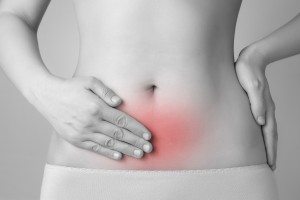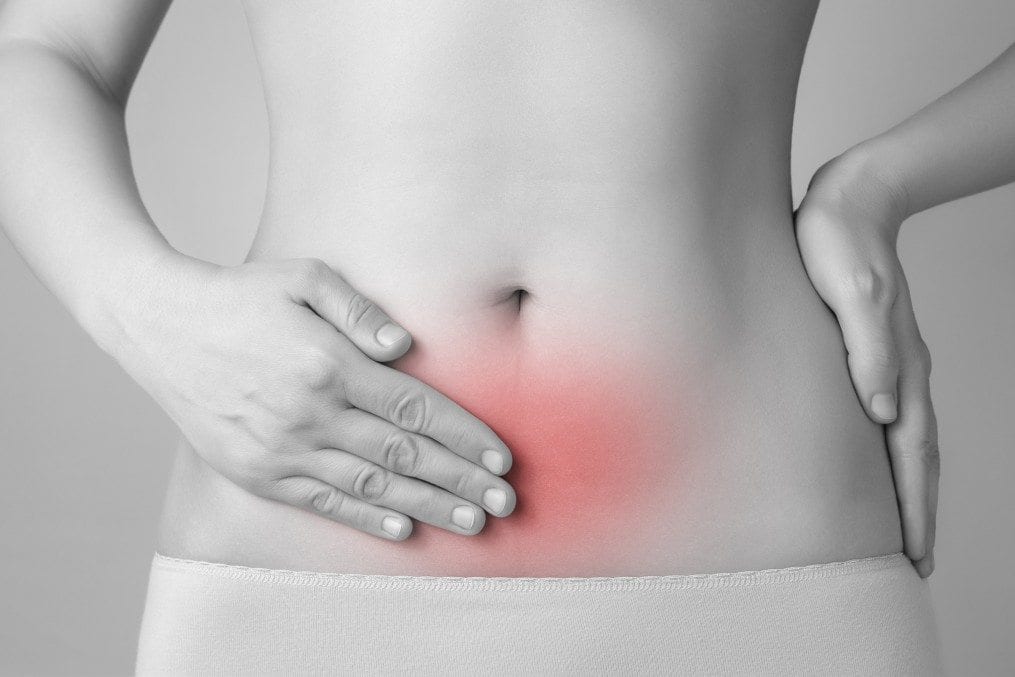What you need to know about endometriosis
Endometriosis affects one in 10 women of child-bearing age in the UK – although we don’t know exactly what causes it. We spoke to gynaecologist Dr Geetha Venkat, to get a clearer picture of this debilitating condition. Here’s what you need to know:
What is it?
‘It’s a condition in which tissue that behaves like the lining of the womb is found outside the womb. So when you have a period, this tissue acts as womb tissue does; collecting then releasing blood,’ says Dr Geetha Venkat from Harley Street Fertility Clinic. However, unlike blood released from the womb that passes out during your period, this tissue can’t leave the body; instead it ‘pools’, causing inflammation, pain and scarring around it.
The symptoms
Endometriosis has what experts call a triad of symptoms. ‘Painful, heavy periods are most common, pain during intercourse is another sign, and problems conceiving is the third,’ says Dr Venkat. ‘But as the condition progresses it can also start to cause pain and other symptoms in other parts of the body, commonly the bowel or urinary system. This happens when the endometrial tissue starts to adhere to the organs, forming scar tissue. This can then cause organs to start to stick together. However, the severity of the symptoms is no reflection of the severity of the condition. A woman with mild endometriosis may be in a lot of pain; another with severe adhesions may only suffer a little discomfort.’
The treatment
The biggest problem with treating endometriosis is diagnosing it in the first place. Many women spend years trying to find out what’s wrong. One reason is that the symptoms are similar to other bowel or gynaecological problems. ‘Another reason is that the only way to diagnose endometriosis is via keyhole surgery – many doctors prefer not to recommend this too early,’ says Dr Venkat.
If endometriosis is found, there are two treatment options. First is medication such as the contraceptive pill, Mirena coil or other hormonal drugs that help block or reduce oestrogen in the body as this stops the tissue growing. The second treatment is surgery. This can specifically remove the tissue itself (with heat or laser) or, if the condition is more advanced, it may be used to release adhesions around the bowel or uterus. Some women find after pregnancy the condition simply resolves itself.
If you think you have endometriosis, try to get a diagnosis, especially if there’s a family history. The earlier it’s diagnosed, the less scarring is likely to occur with less impact on the reproductive system and other organs. Very painful periods that stop you getting on with life should always be investigated.
Visit endometriosis-uk.org for more information.












